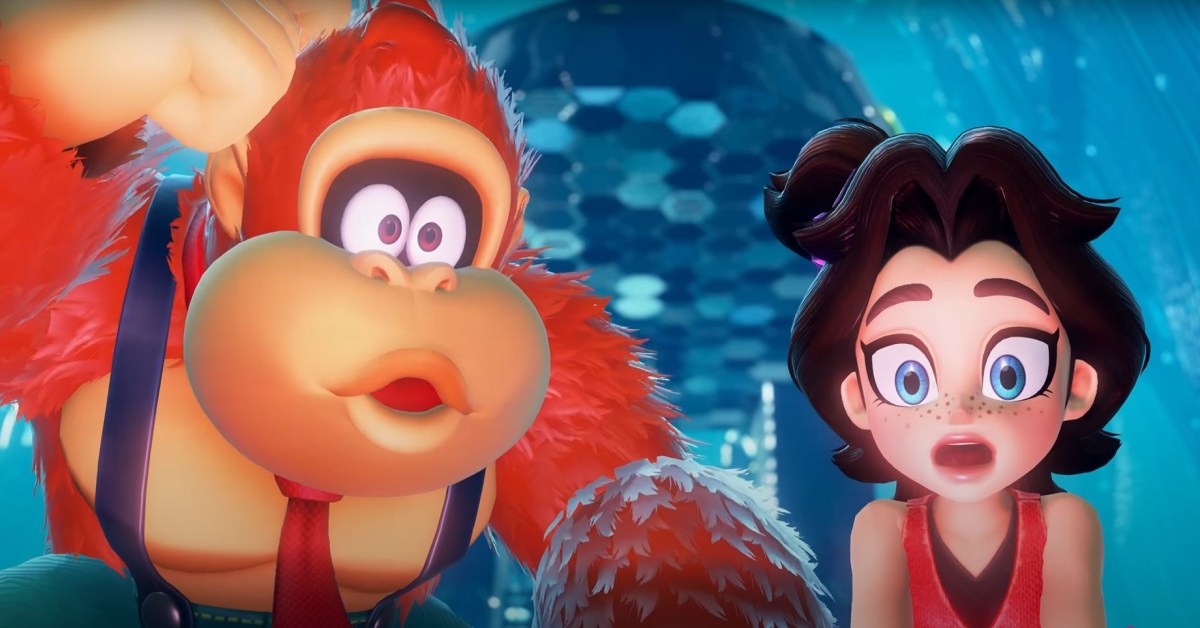
Donkey Kong Bananza may not look like a particularly demanding game, especially compared to visually impressive contemporaries like Death Stranding 2. But the Switch 2 exclusive makes ample use of voxel environments that Donkey Kong can destroy while the player charts a path forward with Pauline in tow — think The Finals or Just Cause 2 by way of Super Mario Odyssey. No wonder, then, that Nintendo held off on releasing the platforming game until it had use of better technology.
In an interview with IGN, producer Kenta Motokura and director Kazuya Takahashi dove deep on the making of Donkey Kong Bananza, and the creatives revealed that the upcoming Switch 2 game didn’t actually start in development for that platform. Like Mario Kart World, production began during the days of the first Switch — but midway through, Nintendo realized it might be better off releasing the games with some extra juice.
The basic ideas were possible on Switch, Motokura says, but the best possible iteration of them would likely only be possible on Switch 2. Specifically, the studio wanted to hone in on the concept of “continuity of destruction,” which is what it says on the tin: When the player changes the environment, the game retains that information.
“So this allowed us to engage in creating really extremely rich variety of materials and very large scale changes in the environment on that new hardware,” Takahashi says. “And when destruction is your core gameplay, one really important moment that we wanted to preserve was when a player looks at a part of the terrain and thinks, can I break this? Because that creates a very important surprise that has a lot of impact for them and that was something that was best done on Switch 2.”
Takahashi does clarify that their interest in the console went beyond mere processing power; the game makes use of aspects like mouse controls to direct Pauline during co-op play, and it also comes up during Bananza’s art-sculpting voxel mode.
Still, between Donkey Kong Bananza and other marquee titles hitting in year one for Switch 2, it’s become obvious that the original Switch wasn’t just impacting the possibilities of third-party games on the platform. Nintendo itself has spent a long time being limited by the power of the Switch, which is wild to think about when you consider how successful the console has been regardless. At some point in the near future, the Switch might become the best-selling console of all time. It’s a testament to Nintendo’s design chops, and how gameplay can in fact trounce more surface-level details like graphics.
It also means that we haven’t seen Nintendo firing on all cylinders for most of a generation. What might the Japanese company make now that it has access to processing power and top-tier talent? Donkey Kong Bananza, which is out on July 17, will be but a taste of Nintendo 2.0.
From Polygon via this RSS feed


